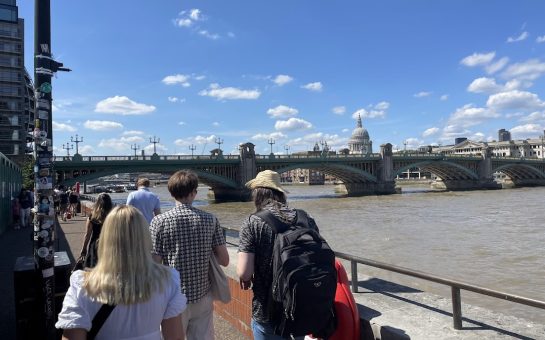It’s no secret that London is an expensive place to live, and indeed recent surveys have suggested it is possibly the most expensive city in the world for workers to come and live in.
Of course that doesn’t put too many people off and it’s still a dream destination for many young professionals.
When it comes to finding a place to live however, some of the rental prices in popular destinations can be eye watering, and one of the number one reasons for this is where the place is located on the tube map.
If you want to quickly work out how much rent is likely to be, check what zone it’s in.
Homelet recently put together an infographic that illustrates how the increasing cost of rail fares has pushed up prices in certain locations.
Finding an ideal spot in the capital now appears to be about picking the underground zone that works for you.
High rent, low travel expenses
Zone 1, where most of the major attractions for both tourists and locals are located, does command the highest premium.
If you live there then all you need is a zone 1 pass to get around, and it’s not overly expensive.
Of course landlords know this so you’ll be paying a significant amount more to rent a place.
Between Notting Hill and Tower Hill, and Vauxhall and Kings Cross, you’re going to be paying a lot, and it’s probably not going to be good value for money.
Since 2010 rent in this area has risen a whopping 52%.
Low rent, high travel expenses
At the other end of the spectrum Zone 8 has actually seen a small decline in prices – of 3% – in the same period.
This extends out to Watford and the problem is that, despite comparatively low rental prices, it means you’re potentially going to be a long way away from work.
The more zones you’ve got to cross through the more you’re going to have to pay to commute and the longer you’ll spend doing it.
The average time a Londoner spends commuting to work is just short of an hour, which is actually more than the rest of the country despite the average distance being shorter.
Perhaps people really are staying towards the edge of the zones.
The solution when looking (assuming you place of work is close to the centre) then is to move as far away from the central zones as you can until your commute becomes prohibitively expensive or tiresome.
This should net you the cheapest combination of rent and transport costs, but then remember that these are the only factors; you may be looking for specifically one of London’s many different personalities.
Picture courtesy of Jasperdo, with thanks





